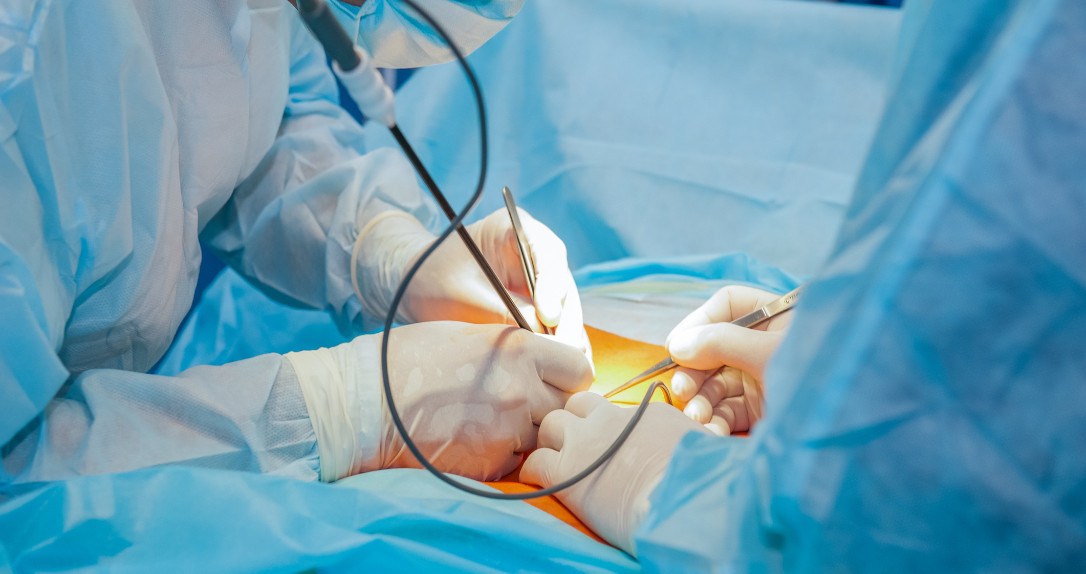
A laparoscopy is a surgical diagnostic procedure used to examine the organs inside the abdomen. When this procedure is part of a conception plan, the fertility specialist evaluates the structures of the reproductive system, including the ovaries, fallopian tubes, and uterus. It’s a low-risk, minimally invasive procedure that requires only small incisions.
Conditions that might be diagnosed, but not limited to, using laparoscopy include:
In most cases a patient can leave the hospital the same day of the procedure (return transportation should be pre-arranged). Full recovery takes about two weeks to allow for internal healing and can sometimes affect a woman’s menstrual cycle.
During recovery, the patient should refrain from any strenuous activities such as working out, riding a bicycle or jogging until otherwise advised.

A small catheter is inserted to collect urine and a small needle is used to fill the abdomen with carbon dioxide gas. This gas will keep the abdominal wall away from the organs, reducing the risk of injury. The fertility specialist will make several small incisions using a long, thin tube with a high-intensity light and a high-resolution camera called a laparoscope. This camera sends images to a video monitor giving the fertility specialist a clear idea of what’s happening.
The fertility specialist examines possible causes of infertility using small, surgical instruments and removes scar tissue, fibroids or endometrial tissue that has incorrectly been implanted outside the uterus. The incisions will be closed using stitches and often leave little to no scarring.